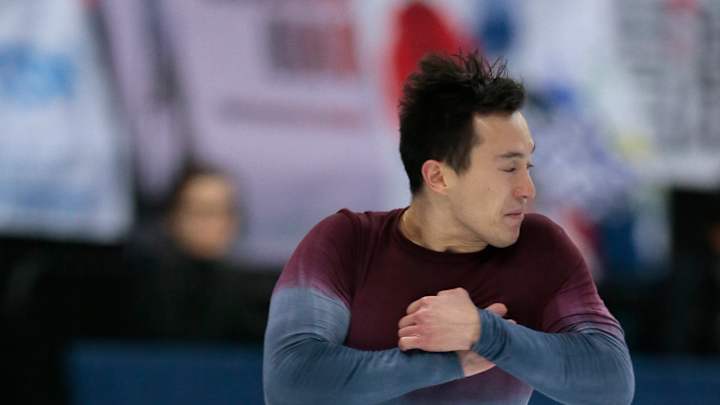Ahead of Olympics, figure skating is all about the big jumps

HELSINKI (AP) At next year's Winter Olympics, it won't just be the snowboarders who are focused on getting big air.
As freestyle snow events increasingly pack the program, the venerable sport of figure skating - which will mark 110 years at the Olympics in 2018 - is increasingly all about the biggest jumps, too.
The world championship men's free skate Saturday was a celebration of the quad - a high-risk, high-scoring jump with four rotations and a clean, elegant landing.
In theory, at least.
U.S. national champion Nathan Chen went for a record six quads in one performance, though more isn't always better, as he found after falling on two quads and finishing sixth. Winner Yuzuru Hanyu of Japan landed all of his four cleanly.
As recently as 2010, U.S. skater Evan Lysacek was able to win Olympic gold without a single quad. On Saturday, the best skater without a quad was 12th.
''The sport is changing. It's very different from when I won worlds in 2011,'' three-time world champion Patrick Chan, a comparative veteran at age 26, said Saturday. Big jumps mean extra injury risk, so Chan and his rivals increasingly train less but smarter.
''My body can't keep up, my legs start feeling heavy, they don't recover fast enough,'' Chan said. ''It's like 60 percent, 70 percent recovery-focused now, my training. It used to be 70 percent physical training, on-ice training, off-ice training. So I kind of had to flip the page.''
Jumping on ice is fraught with risk, and some skaters fear their sport's existing tendency to cause long-term health problems is getting worse as the jumps get bigger and more frequent.
In his seventh world championships, Michal Brezina was skating with an ankle injury which required medical treatment almost as soon as he left the ice. He's previously had knee and hip surgery.
''It brings a challenge to your health because it's like you're defying gravity,'' he said, reeling off a list of major injuries suffered by star skaters like Chen and two-time world champion Javier Fernandez. ''I think we all have long-term consequences already. There's no way that any of these guys have not had an injury.''
Quads aren't on the menu in women's skating - not yet, anyway - but quad throws have become a staple for the top pairs. With female skaters rotating four times after being thrown from a partner's arms, that carries more than a little risk.
Skaters are still looking to push the boundaries. Newly crowned world champion Hanyu mused that he ''would like to try'' a quad axel, which needs four-and-a-half rotations due to its forward takeoff, though he doubts he could do it in competition. The wilder reaches of the imagination risk overtaking the International Skating Union rulebook.
''Scientifically someone told me that five rotations in the air is a possibility,'' Hanyu said. ''The ISU don't even have a score for that yet.''
